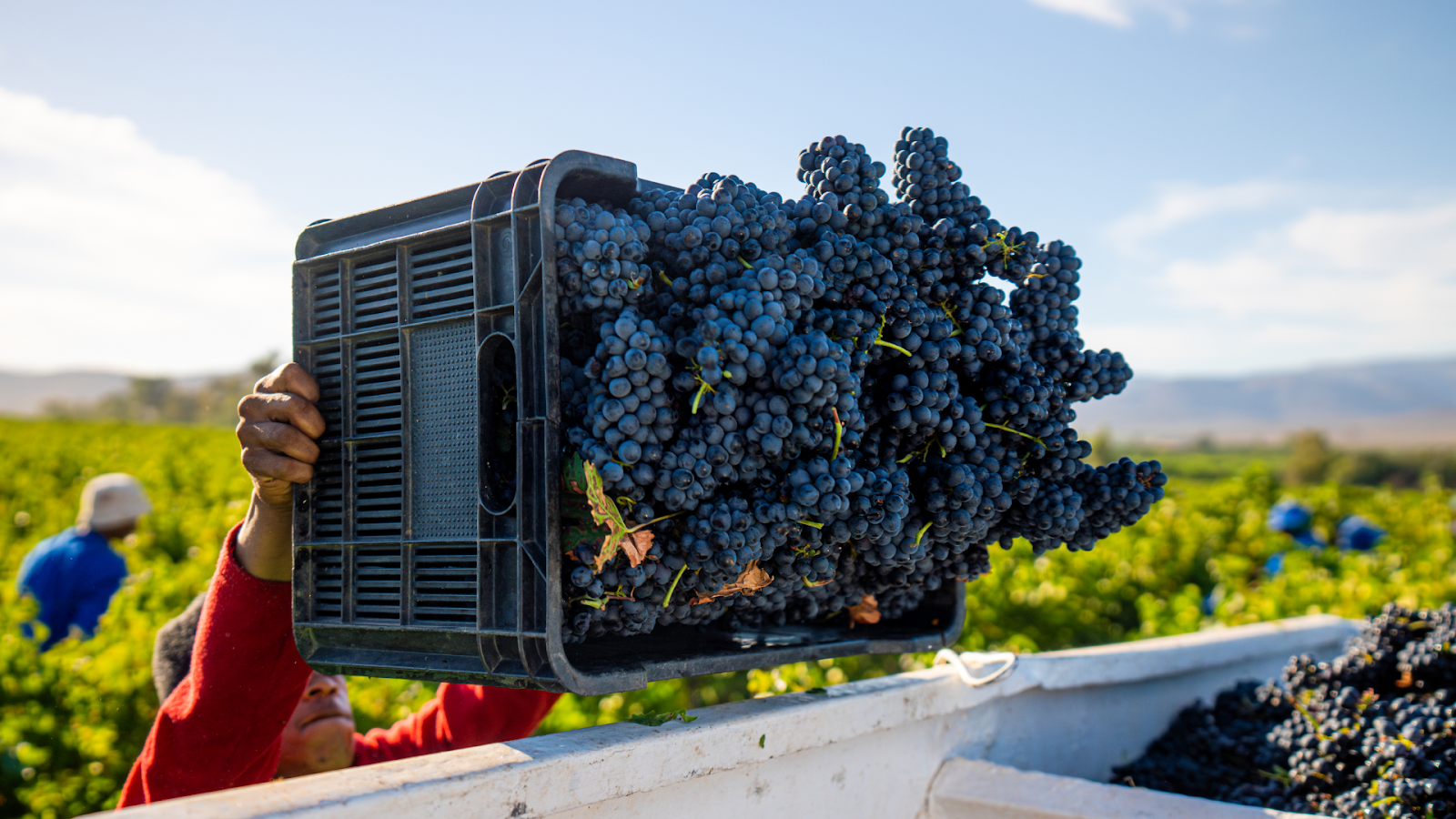Viognier is a beloved white wine grape variety known for its rich, aromatic flavours and full-bodied texture. However, many wine lovers are curious about the origins of its name. What does Viognier mean in English? The name Viognier has a fascinating history that reflects the wine’s ancient roots and connection to the Rhône Valley in France. In this blog, we’ll explore the meaning behind the name Viognier, its history, and how it became one of the world’s most cherished white wines.
What Does Viognier Mean?
The exact origin of the name Viognier is not entirely clear, and there is no direct translation of "Viognier" into English. However, the word is of French origin, as the grape itself is native to the Rhône Valley in southeastern France. Some theories suggest that the name Viognier may have Latin roots, with potential links to the Roman Empire, which once occupied much of France.
One popular theory is that Viognier is derived from the Latin word "via Gehennae," which translates to "the road of the valley of Hell." This may refer to the difficult and laborious nature of cultivating Viognier in the steep vineyards of the Northern Rhône Valley. While this theory is intriguing, there is no definitive historical evidence to confirm it.
Another possibility is that Viognier’s name is connected to the nearby town of Vienne, a Roman city in the Rhône region. The grape may have been named after the area where it was originally cultivated, a common practice in the naming of grape varieties.
The Ancient Origins of Viognier
Viognier is believed to be an ancient grape variety, with origins that date back over 2,000 years. It is thought that the Romans brought the grape to the Rhône Valley, where it found its ideal growing conditions. Despite its long history, Viognier almost became extinct in the mid-20th century, with only a few hectares of vines remaining in the Northern Rhône.
In the 1960s, Viognier began a resurgence, as winemakers recognised the potential of this aromatic and full-bodied grape. Its popularity grew not only in France but also in other parts of the world, including California, Australia, and South Africa.
Viognier’s Connection to France
While Viognier is now grown globally, its heart remains in France, particularly in the Northern Rhône Valley, where it is used to produce some of the world’s finest Condrieu wines. Condrieu is a small appellation in the Northern Rhône known exclusively for producing Viognier. The wines from this region are celebrated for their intense aromatics, including notes of peach, apricot, honeysuckle, and jasmine.
Viognier is also used in the production of Côte-Rôtie, where it is blended with Syrah to add floral notes and complexity to the red wine. This unique blend highlights the versatility of Viognier and its importance in Rhône winemaking traditions.
How Viognier Became Popular Worldwide
The revival of Viognier in the 20th century led to its spread beyond France. Today, Viognier is grown in several wine-producing regions around the world, including:
- California: Known for producing rich, fruit-forward Viogniers with tropical fruit notes.
- Australia: Viognier thrives in warmer climates, where it develops ripe fruit flavours and floral aromas.
- South Africa: South African Viogniers often showcase a balance of ripe fruit and refreshing acidity, making them highly sought after.
The grape’s global appeal is due to its unique flavour profile and the skill of winemakers in various regions who have embraced its potential.
Viognier’s Unique Characteristics
Viognier stands out for its aromatic intensity and complex, flavour profile. Some of the key characteristics that make Viognier so popular include:
- Fruit-forward flavours: Ripe peach, apricot, mango, and pear
- Floral aromas: Honeysuckle, jasmine, and orange blossom
- Rich texture: Medium- to full-bodied with a smooth, sometimes oily mouthfeel
These qualities make Viognier a favourite among wine lovers who appreciate a white wine with great depth and complexity. The wine’s ability to pair with a wide range of foods, including spicy dishes, creamy sauces, and roasted meats, further adds to its appeal.
So, What Does Viognier Mean In English?
While there is no direct English translation for the name, Viognier’s origins are rooted in the Rhône Valley of France, with possible connections to ancient Roman times. The name Viognier may be linked to the town of Vienne or derived from the Latin phrase "via Gehennae," but the true meaning remains uncertain.
What is clear, however, is that Viognier has a rich history and a reputation as one of the world’s most distinctive white wines. With its aromatic intensity, full-bodied structure, and ancient heritage, Viognier continues to captivate wine lovers across the globe.






